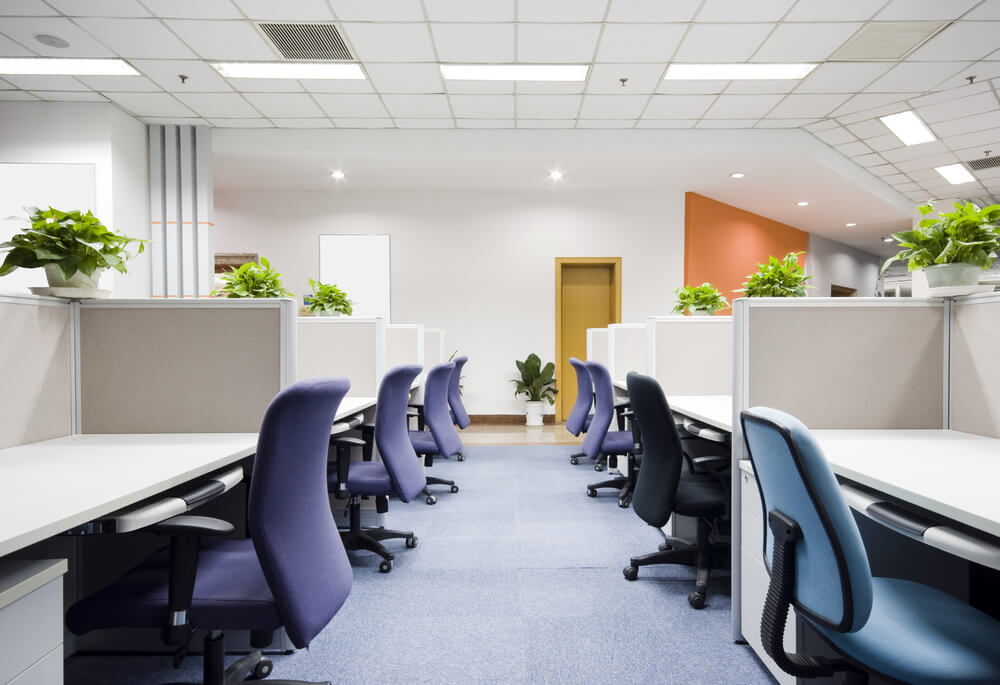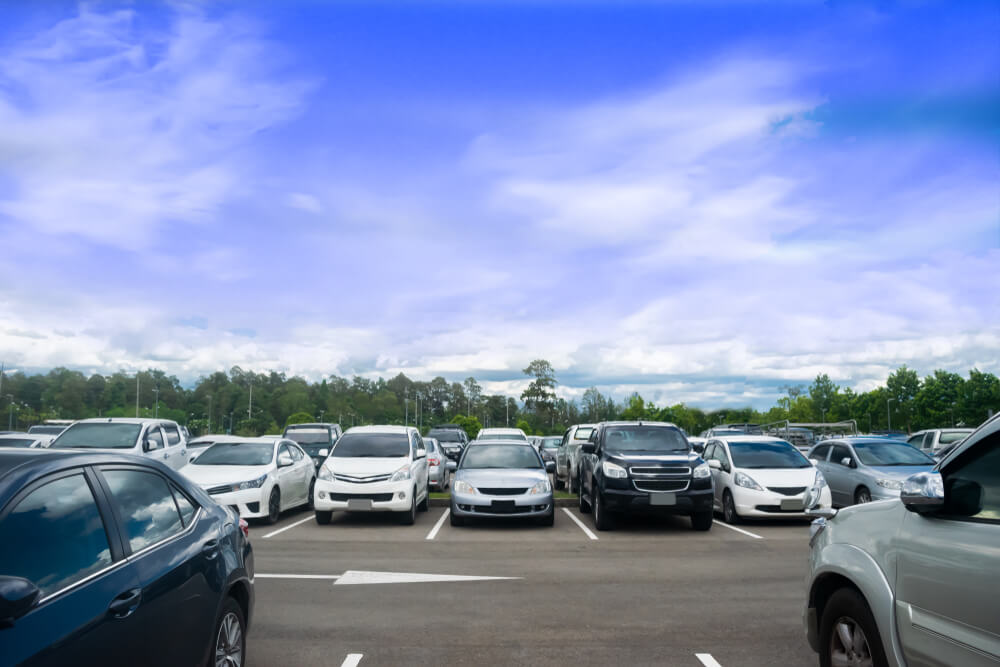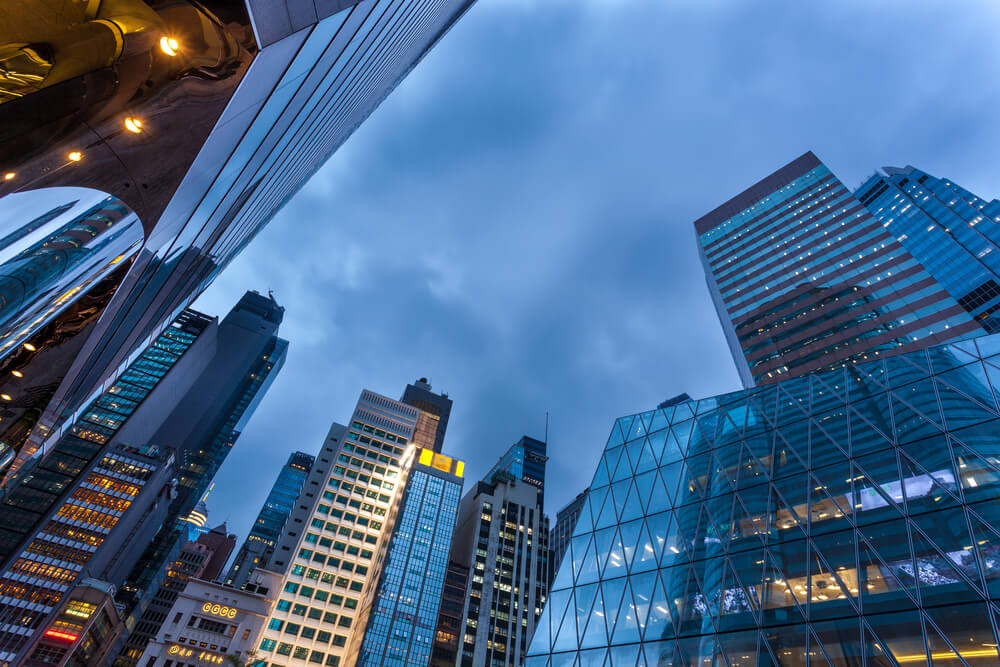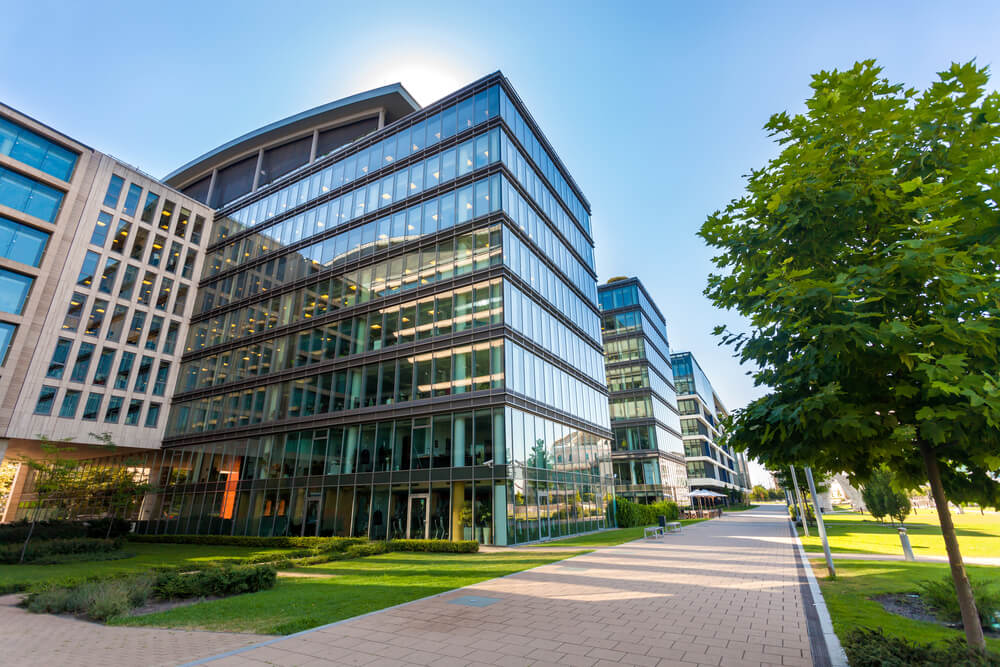Commercial buildings represent a significant segment of real estate and include various types of buildings, such as offices, sales facilities, warehouses, factories, shops, etc. In this article, we will consider the advantages and disadvantages of commercial buildings, both for owners and users.
Advantages of commercial buildings
One of the main advantages of commercial buildings is their ability to provide a large space for various business needs. This is particularly useful for manufacturing and distribution companies, where the size and quality of storage space are of critical importance. Also, commercial buildings are often designed with special features to suit specific business needs, such as dedicated cold rooms, manufacturing facilities, or truck access.
In addition to size and specialized functions, commercial buildings offer numerous other advantages. For example, they are often built in a good location, which allows access to customers, suppliers, and other business partners. In addition, these buildings are generally constructed of quality materials, which ensures durability and reduces the need for repairs and maintenance.

Owners of commercial buildings can also generate income from renting the space, which can be a stable source of income in the long term. This is especially useful in cities with a high demand for commercial space, where rental prices often increase.
One of the key advantages of commercial buildings for users is the flexibility of space. For example, office spaces can be adapted to different needs and number of employees. Commercial buildings and retail spaces can be designed to attract customers and allow easy movement within the facility.
Disadvantages of commercial buildings
However, there are also a few downsides to think about when considering commercial buildings. One of them is the high price of buying or renting these facilities. The costs are often significantly higher than for residential properties, and potential owners or users must take this cost into account when planning their budgets. Also, in the case of a lease, users are usually obliged to pay additional costs, such as building maintenance costs, real estate taxes, and other fees.
Another disadvantage of commercial buildings is the limitation of parking space, which can be a problem for visitors and employees. Also, commercial buildings usually require large amounts of energy for air conditioning, lighting, and other needs, which can lead to high costs and a negative environmental impact.

Furthermore, another disadvantage of commercial buildings is the limitation of flexibility in terms of changing the purpose of the building. For example, if a company that uses a facility for manufacturing suddenly changes its business strategy and switches to retail, the facility may not be suitable for the new purpose. This restriction may lead to difficulties in selling or renting the property in the future.

Although there are some drawbacks to consider, commercial buildings represent a significant segment of real estate with many advantages as well.
With proper planning and management, these buildings can be a stable source of income for owners and an efficient space for users.
As cities continue to grow and develop, commercial buildings will continue to be an important part of the real estate landscape, offering different types of facilities for different business needs.



